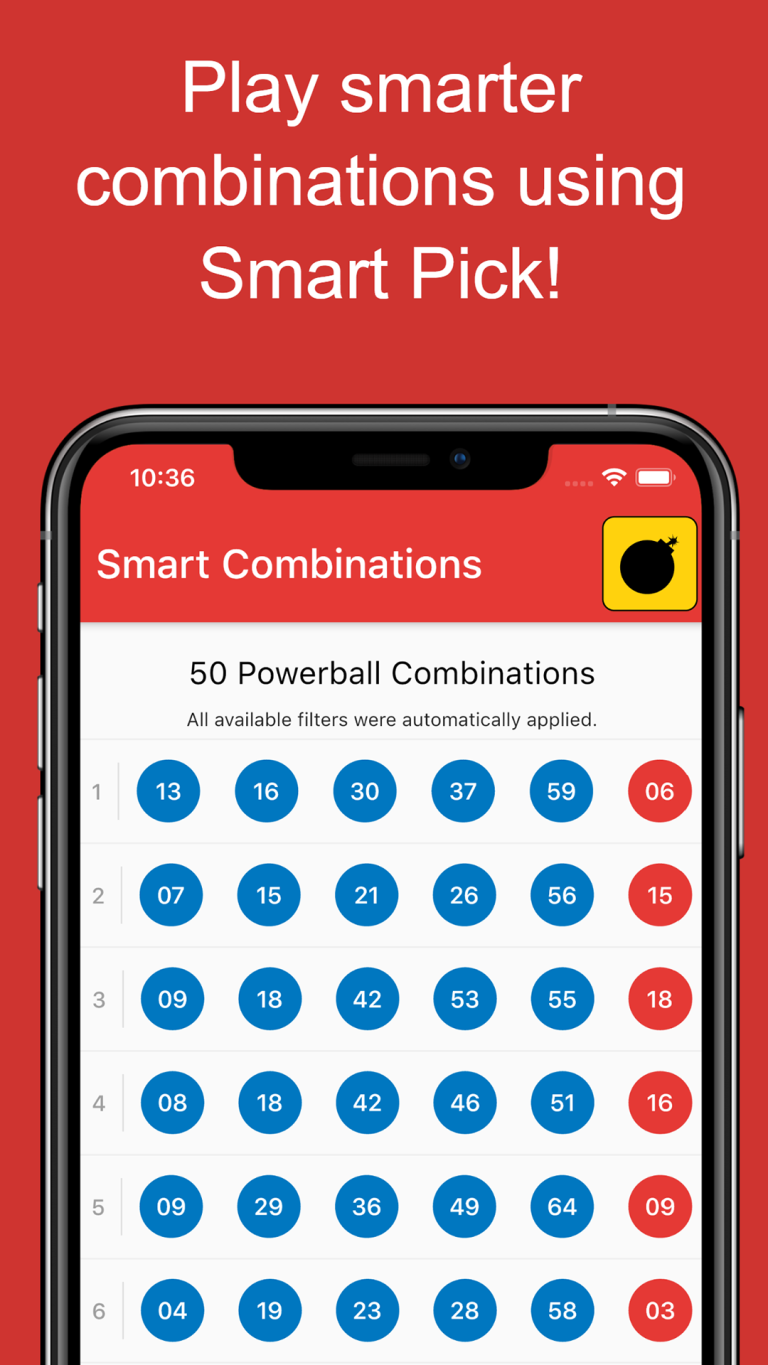Should You Use Applicant Tracking Software in Your Recruiting Process?
Recruiting is a numbers game – if you want to find the best candidates, you need to make sure that your hiring process is as efficient as possible. However, as digital tools have become more accessible, many businesses are turning to applicant tracking software in an effort to streamline their entire recruitment process. If you’re not yet sure whether it’s right for your organization, keep reading this article and we’ll cover everything you need to know…
What is Applicant Tracking Software?
Applicant tracking software (ATS) is software that companies use to manage tracking and hiring their resumes. ATS’s are used for everything from tracking recruitment to managing hiring processes and running HR operations. For example, Recruiterflow is a cloud-based applicant tracking system that helps recruiters manage their processes and eliminate errors. It’s also integrated with a hiring software that helps streamline the hiring process.
How Does Applicant Tracking Software Work?
For many ATSs, the key is in the “backend.” This is where the information about candidates is stored and reviewed. The “frontend” is what recruiters use to access this information. Put simply, recruiters enter information about job openings, and the ATS “pulls” relevant information about candidates. This information is then available for review, and if a position is open, an automated process takes over to schedule interviews. Recruiters can also easily generate reports to see how many candidates they’ve reached out to, and how many people have applied.
Advantages of Using Applicant Tracking
– Enhanced Candidates Pipeline – With Applicant Tracking, there’s a better chance of finding the best candidates for open jobs. Job seekers will have a lot of information about positions listed, providing them with ample opportunities to find a new opportunity. – Better Applicant Experience – Applicant Tracking will allow you to improve the user experience for those who are using the system. For example, you can generate more relevant searches for existing candidates, filter out irrelevant information, and add notes to help guide future decisions. – Better Hiring Process – Automating the process and eliminating unnecessary steps can help to ensure that you’re not missing out on potential hires. For example, you can set up a process that sends out an automated message to candidates who apply to a job posting. – More Efficiency – For many hiring managers and human resources professionals, the main benefit of Applicant Tracking is that it can help to save time.
Disadvantages of Using Applicant Tracking
– Expenses – The initial cost of setting up an Applicant Tracking system can be high. After that, though, the costs are usually lower than hiring additional staff to conduct interviews. So, if time is an issue for your organization, then this could be a good option. – Transitioning to Digital – If your company isn’t yet fully digital, then you should be careful about implementing applicant tracking software. While it may be helpful for some positions, it may not be ideal for the entire workforce. – Continuum – Some hiring managers and human resources professionals worry that Applicant Tracking systems don’t provide enough context for candidates. For example, if you’re using a system that tracks only one position, then it may not have sufficient context to make a decision.
Final Words: Should You Use Applicant Tracking Software?
The best way to find out if applicant tracking software will work for your organization is to start with a pilot. A pilot will allow you to test the system, determine the best approach for your company, and see how your employees react to the new process. If piloting goes well, you may want to implement applicant tracking software full-time. If you do, make sure to continue piloting and testing to see what works best for your business.
For more valuable informaion visit this website.







